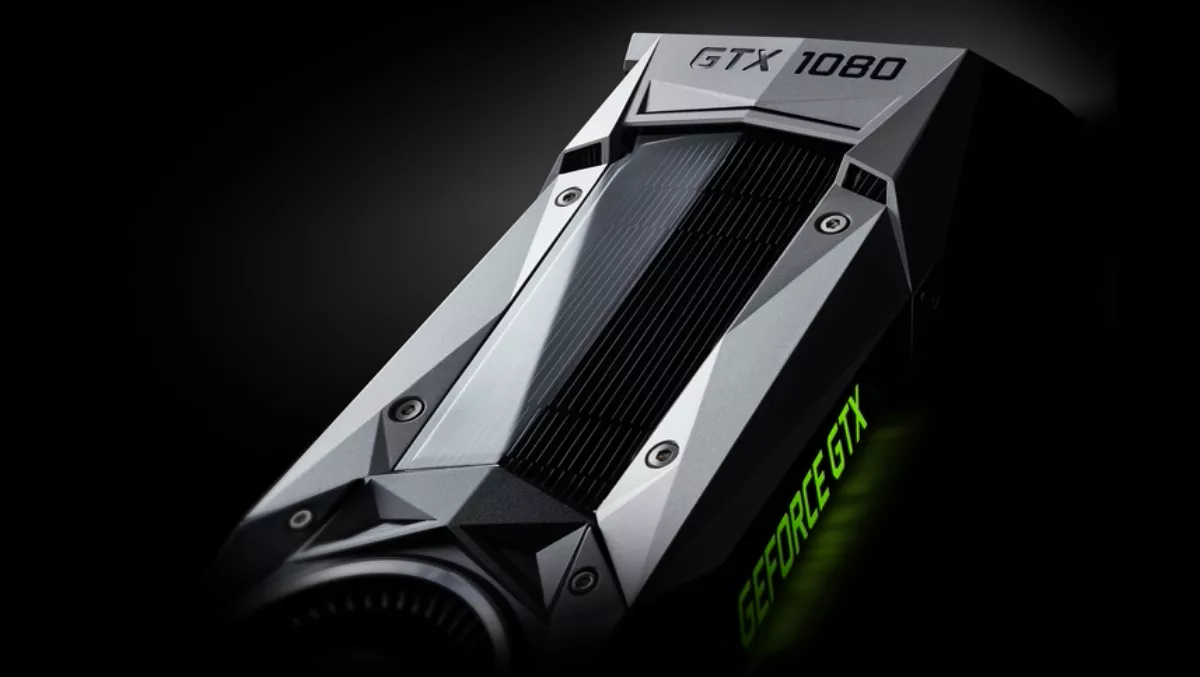As the virtual reality race heats up, the need for a super-fast, single-GPU solution has become that much more important.
With the first wave of HTC's Vive VR kit reaching the early-adopters, it's no coincidence that NVidia have decided to roll out their next generation of Pascal GPUs.
The GTX 1080 is the flagship graphics card, faster than a Titan X and easily able to go up against two Maxwell GTX 980s in SLI.
The powerful single-GPU is essential for virtual reality applications which commonly don't harness the power of multiple graphics cards in SLI/Crossfire due to latency issues. Multiple SLI-enabled GTX1080s allows those particularly well-heeled PC enthusiasts to finally achieve the sort of grunt required to properly power a 4K game display with all the bells a whistles turned on.

The GeForce 10 series is not only about extra rendering speed. It also comes with a few special features, features that will, no doubt filter down to the Maxwell chips, but for the moment are exclusive to the new Pascal-driven video cards.
The first of these special bit of technology is Ansel. Ansel allows players to pause games and, if enabled by the game developer, enter a special photo mode enabling them to move the camera about and compose images that can be saved out of the game au natural or with the application of filters. The results are stunning creating a new art form of game photography. The photos can also be taken in ridiculously high resolutions with incredible detail. Photoshop fans will enjoy the EXR export, allowing the HDR image to be adjusted in post. You can even export the scene as a 360 degree image suitable for importing into VR.
VR fans will be interested in NVidia's new built-in auto propagation engine. Using the same tech as ray-traced rendering, the GTX 1080 works out the effect of the scenes surroundings on the audio output. All objects are assigned a material and the audio adjusted accordingly, adding to the immersion of the VR experience.
The special VR audio is part of NVidia's VRWorks suite that also includes simultaneous multi-projection, a method of rendering only the part of the image required, increasing VR performance and achieving a better quality result with multi-monitor surround set-ups.
The GTX 1080 is available now for around NZ$1,400. Its reduced-spec counterpart, the GTX 1070, will likely set you back a bit less when it comes out on 10th June.



